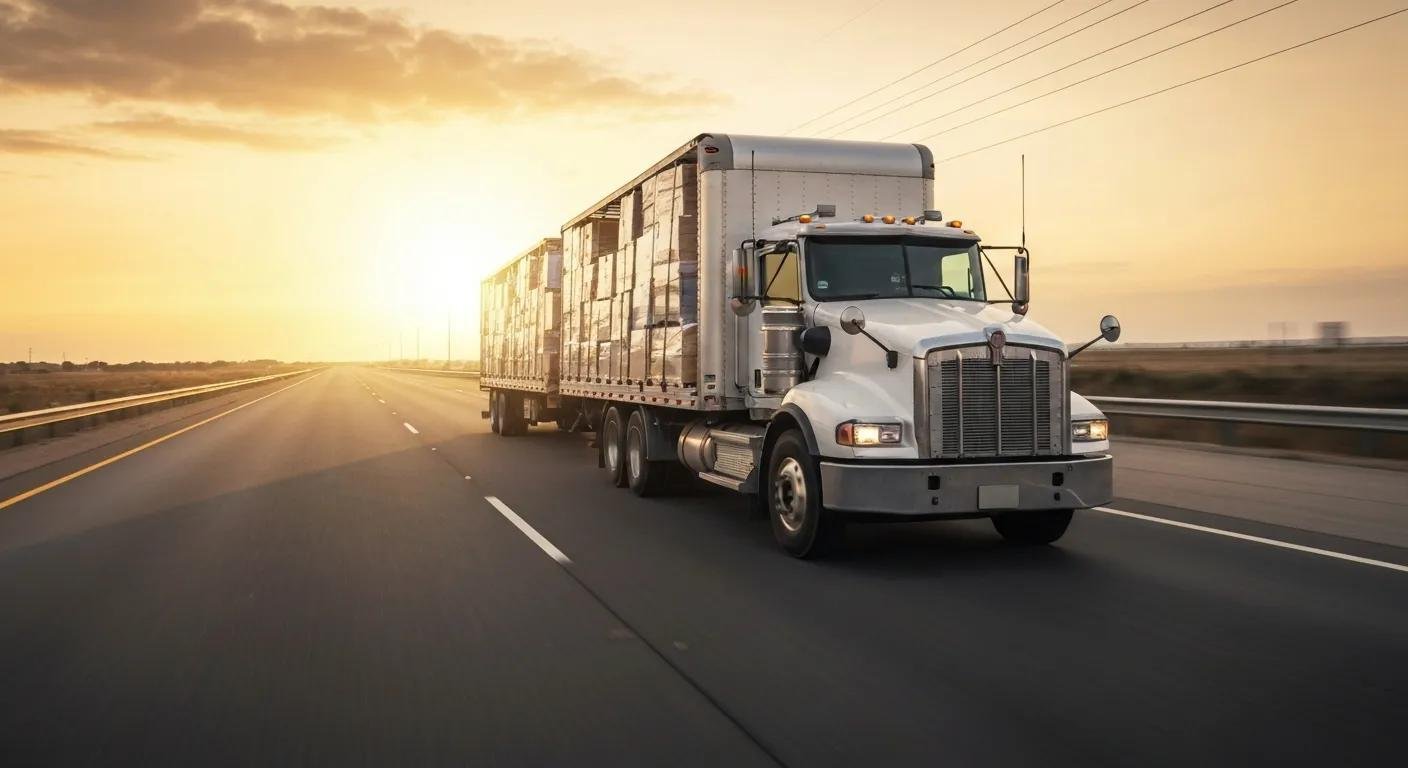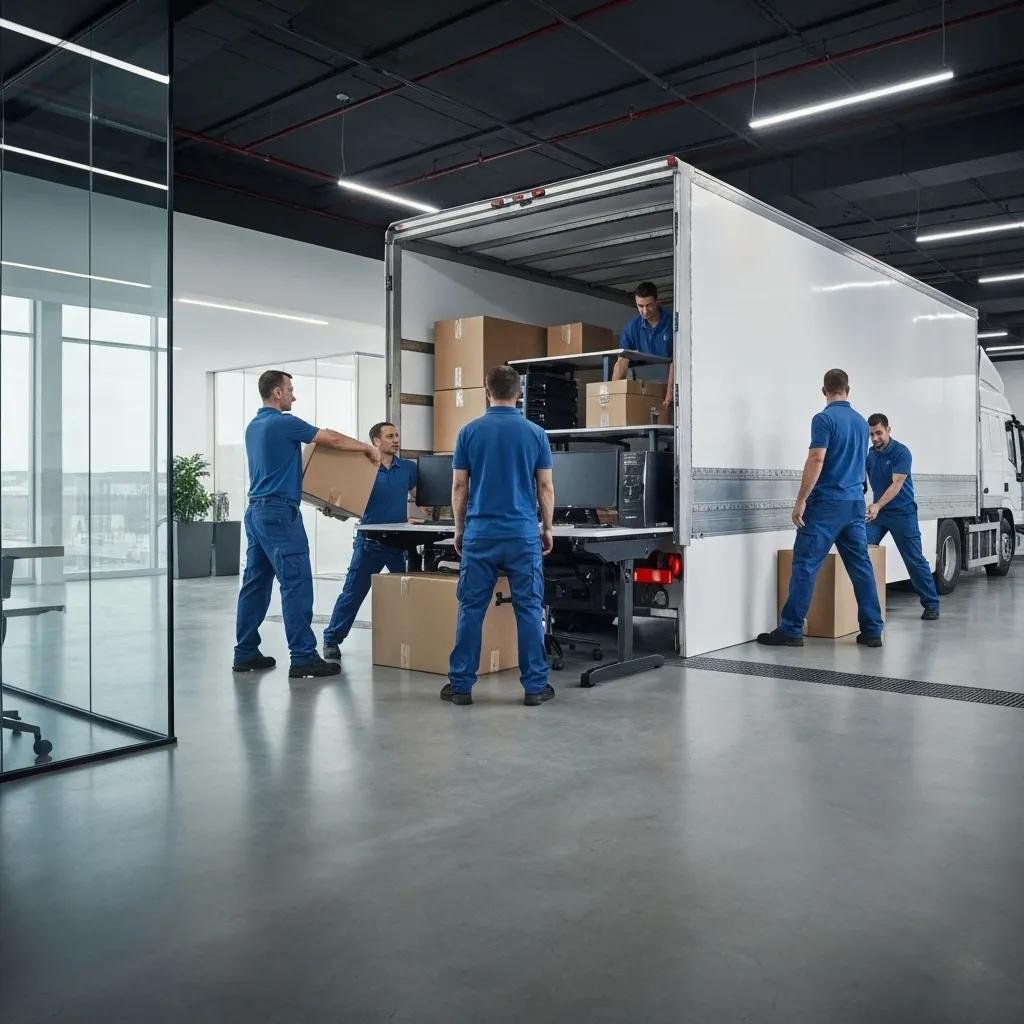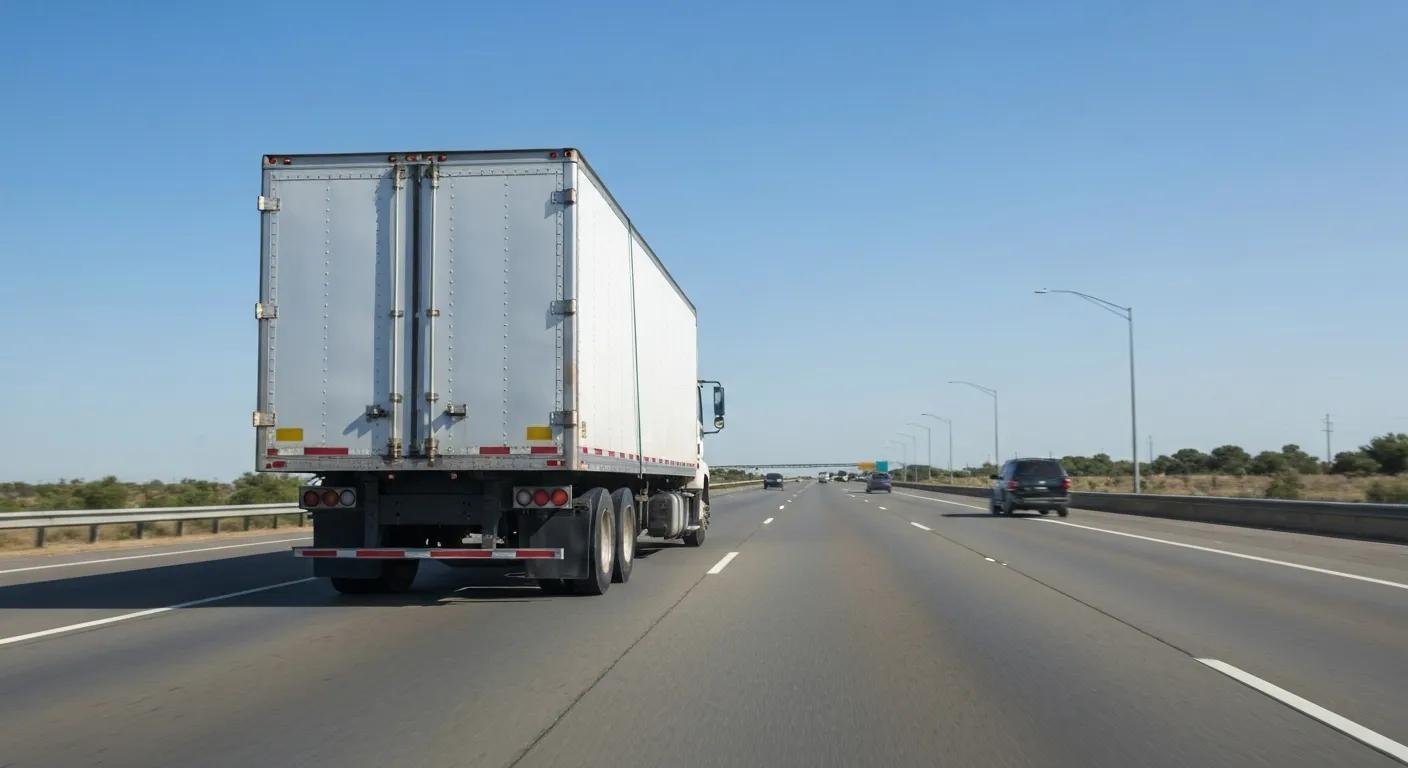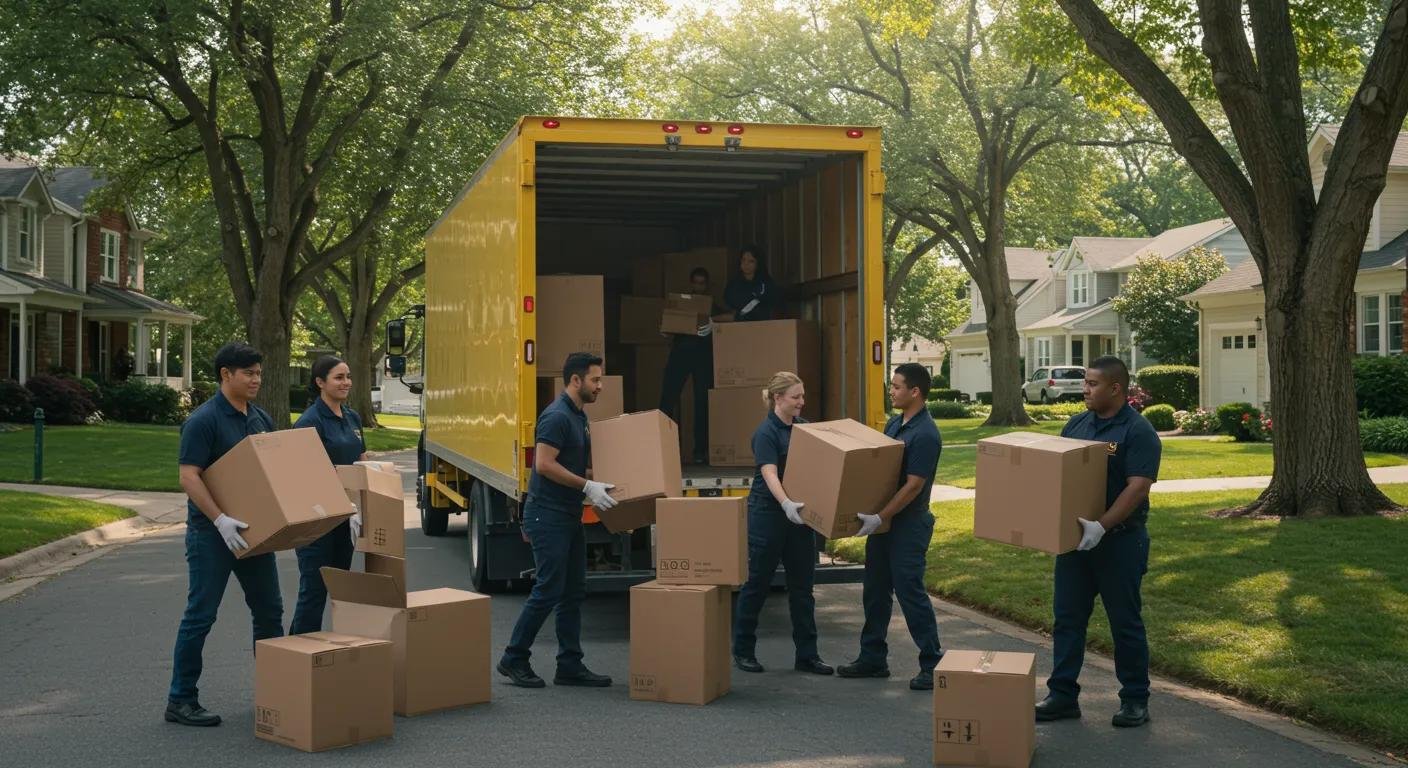Local vs Long Distance Move Costs Explained: Understanding Pricing Differences and How to Save
Choosing between a local move and a long distance relocation can mean paying hundreds to thousands of dollars more without a clear grasp of pricing drivers. This guide explains the cost of local vs long distance moves by breaking down services, comparing pricing models, and delivering proven money-saving strategies. Readers will explore:
- Definitions and key distinctions between local and interstate moves.
- Core cost drivers: hourly rates, weight, distance, packing and insurance.
- A side-by-side average cost comparison and pricing frameworks.
- Practical tips to minimize expenses and secure accurate estimates.
Regional providers like Horizon Boston Movers exemplify transparent pricing practices for both short-haul and cross-country relocations. These insights lay the foundation for mastering moving budgets across any distance.
What Are Local and Long Distance Moves? Definitions and Key Differences
A local move is a relocation within a single metropolitan area or county, priced by the hour due to its short duration and crew-based labor model. In contrast, a long distance move spans state lines or exceeds 100 miles, with costs calculated by shipment weight and travel distance. For example, a three-bedroom home moved across state may incur fuel surcharges and regulatory fees absent in an in-town move. Understanding these structures clarifies why local and long distance relocations demand distinct budgeting approaches.
What Is a Local Move and How Is It Priced?

A local move is defined by proximity under 100 miles and priced at an hourly rate that covers labor, truck usage, and fuel. Typical local rates include:
- Two- to four-person crew billed by the hour.
- Flat truck fee per move, often covering basic mileage.
- Additional labor hours for heavy or specialty items.
Hourly pricing enables flexible scheduling but can climb if delays occur or larger crews are needed, making careful time estimates essential.
What Is a Long Distance Move and How Are Costs Calculated?
A long distance move is determined by the total shipment weight and the travel distance, with a base rate per pound and per mile. Key cost components include:
- Shipment weight tiers (e.g., under 5,000 lb, 5,000–10,000 lb).
- Distance rate per mile, often decreasing beyond certain thresholds.
- Fuel surcharges tied to industry indexes and seasonal demand.
This model provides predictable cost scaling but requires accurate inventory weights and route assessments to avoid unexpected fees.
How Do Local and Long Distance Moves Differ in Service and Pricing Models?
Below is a comparison of service types, pricing models, and average cost ranges:
What Factors Affect Local Moving Costs?
Local moving costs hinge on labor hours, packing needs, insurance, and scheduling. Each element directly influences the final invoice, so optimizing these factors reduces overall expenses.
How Do Hourly Rates and Labor Influence Local Move Prices?
Hourly rates determine the base cost of a local move by combining crew size and labor duration. Core labor factors include:
- Number of movers assigned to loading and unloading.
- Total hours spent on packing, driving between stops, and setup.
- Minimum service hours imposed by providers.
Efficient coordination and accurate time estimates help prevent overtime charges and unused labor costs.
What Role Do Packing Services and Supplies Play in Local Move Costs?
Professional packing services add material and labor charges but protect belongings and accelerate loading. Packing costs arise from:
- Boxes, tape, and protective wrap per cubic foot.
- Additional labor hours for disassembly and custom crating.
- Specialty materials for fragile or oversized items.
Investing in partial packing can balance protection with cost control, reducing damage-related claims.
How Does Moving Insurance Impact Local Moving Expenses?
Moving insurance safeguards against loss or damage but carries its own premium based on declared value. Common options include:
- Released value protection at $0.60 per pound of item weight.
- Full value protection ranging from 1% to 3% of the total shipment value.
Choosing the right coverage level prevents costly out-of-pocket repairs while fitting your risk tolerance.
How Can You Save Money on a Local Move?
Cost-saving strategies for in-town relocations focus on labor and material efficiencies:
- Schedule moves off-peak on weekdays to access lower hourly rates.
- Declutter or donate unwanted items to reduce labor time.
- Supply your own boxes and packing materials at bulk-discount prices.
What Factors Influence Long Distance Moving Costs?
Interstate and cross-country relocations involve additional variables such as weight thresholds, regulatory compliance, and hidden fees that aggregate into the final quote.
How Are Weight and Distance Used to Calculate Long Distance Move Prices?
Long distance pricing blends shipment weight and travel distance into a unified cost formula:
- Weight tiers apply scale discounts at higher tonnages.
- Mileage rates decrease beyond specified travel bands.
- Volumetric weight assessments for light but bulky cargo.
Accurate inventories and precise route plans ensure estimates reflect actual expenses.
What Are Common Hidden Fees in Long Distance Moves?

Beyond base rates, long distance moves may include surcharges that drive up final costs:
- Fuel surcharge indexed to national fuel price fluctuations.
- Shuttle or shuttle handling fees for restricted-access locations.
- Additional charges for stair carries, elevator use, or long-carry distances.
Anticipating these fees during quote negotiations avoids unexpected bills at delivery.
How Do Interstate Regulations Affect Long Distance Moving Costs?
Interstate moves must comply with federal and state regulations, adding administrative costs:
- Carrier licensing and operating authority filings.
- Tariff compliance and mandated valuation disclosures.
- Customs or agricultural inspections for cross-border services.
Understanding these requirements prevents regulatory delays and associated penalty fees.
What Are the Differences Between Full Value Protection and Released Value Insurance?
Below is a breakdown of insurance options for long distance moves:
Types of Moving Insurance Coverage and How Much They Cost
Moving insurance options include Released Value Protection, which is often included at no extra cost and typically reimburses approximately $0.60 per pound per item. Full Value Protection, a more comprehensive option, covers the actual value of items for repair, replacement, or reimbursement, though it comes at an additional cost.
This information clarifies the differences between the two primary types of moving insurance discussed in the article, detailing their coverage levels and cost implications.
How Do Local and Long Distance Moving Costs Compare?
Directly comparing cost ranges, pricing methods, and shared factors clarifies budgeting across move types.
What Are the Average Cost Ranges for Local vs Long Distance Moves?
Local vs Long Distance Moving: Which Costs More?
A comparison of moving costs indicates that local moves are typically billed hourly, with average costs ranging from $300 to $1,500. In contrast, long-distance moves are priced based on shipment weight and travel distance, with average costs starting at $2,000 and reaching around $5,500 for a typical 1,000-mile move for a three-bedroom home.
This research directly supports the article’s explanation of distinct pricing models and average cost ranges for local versus long-distance relocations.
How Do Pricing Models Differ Between Local and Long Distance Moves?
Local moves bill by time, encouraging efficient scheduling, whereas long distance relocations require precise weight surveys and mileage estimates, demanding detailed pre-move inventory and route planning.
What Common Cost Factors Apply to Both Move Types?
Both local and long distance services share fundamental expenses:
- Labor and crew size.
- Packing materials and specialized crating.
- Insurance coverage levels.
- Seasonal demand surcharges during peak months.
Recognizing these overlaps helps unify budgeting approaches.
How Can You Get Accurate Moving Estimates for Both Move Types?
Securing precise quotes involves:
- Requesting onsite or virtual surveys to validate inventory.
- Comparing binding estimates, which guarantee fixed pricing, against non-binding offers.
- Clarifying all potential surcharges and service add-ons in writing.
A thorough estimate process prevents last-minute surprises and ensures financial predictability.
What Are the Best Tips to Reduce Moving Costs for Local and Long Distance Moves?
Employ targeted tactics to trim expenses across any relocation distance while maintaining service quality.
How Can You Minimize Labor and Packing Expenses?
– Consolidate packing tasks to your own schedule, reserving professional crews for heavy lifting.
– Rent specialized equipment or moving trucks for partial DIY loading.
– Share loading and unloading duties with friends or family under crew supervision.
When Is DIY Moving Cheaper Than Hiring Professionals?
DIY moves can outperform professional rates when:
- Relocation remains within the same city and labor is readily available.
- Cargo volume fits a rented truck without exceeding weight limits.
- No specialty handling or fragile items require insured expertise.
Assessing your resources and the complexity of items determines the best financial route.
How Does Moving Season Affect Your Moving Budget?
Seasonal demand drives price fluctuations:
- Summer months command peak rates due to high volume.
- Weekdays and mid-month slots often carry lower premiums.
- Holidays and weekends can incur premium or minimum-hour charges.
Timing your move strategically capitalizes on off-peak rates.
What Should You Know About Moving Quotes and Estimates?
Binding estimates lock in a final price, protecting against cost overruns, while non-binding quotes offer flexibility but may change if actual weight or services differ.
Always review the terms before scheduling to secure predictable budgeting.
Moving budgets become manageable once pricing models, service differences, and strategic cost controls are clear. By applying these insights, every relocation—whether across town or across state lines—can proceed with confidence and financial clarity.

























